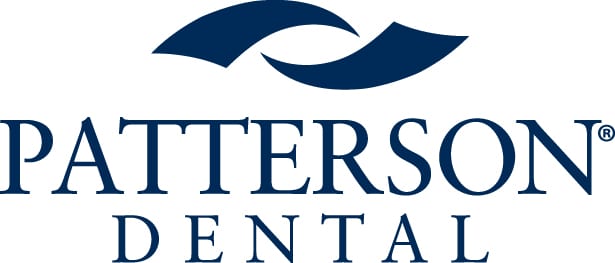By: Lee Ann Brady, DMD
This topic originally appeared on PankeyGram.Org. Dr. Brady granted igniteDDS permission to share with our readers.
Following on the last article about correcting the S sound, I want to take a look at two other phonetically similar sounds, F and V, that affect our restorative dental treatment results.
The good news is that sometimes with F and V sounds in comparison with the S sound, we can give patients a few weeks to allow them for natural adaptation without needing to correct anything.
However, this is not always the case, so the ultimate goal is to create smiles that function beautifully in both form and sound by carefully observing tooth and lip dynamics.
Phonetic Issues Can Occur When Upper Incisors Are Lengthened
Every treatment plan begins with analyzing the tooth display at rest and determining the incisal edge position. But for phonetics, the real clues often emerge in a full-smile photograph or what we call the “E” photograph. When a patient gives a wide, genuine smile, if their lower incisors are already touching, or nearly touching their lower lip’s wet-dry line, then lengthening the upper incisors might cause phonetic issues.
A simple video of the patient speaking can be incredibly revealing. Ask them to say something like, “My favorite food is six or seven cheeseburgers.” This allows you to observe the position of the upper incisors against the lower lip during F and V sounds and assess potential risks.
Look for signs such as:
- Upper incisors repeatedly hit the lower lip.
- An indentation on the lower lip caused by this interaction during speech.
If these signs are present, lengthening the incisors could lead to temporary speech challenges—patients may even sound a bit like Elmer Fudd.
Conversely, if the full-smile photograph reveals ample space between the upper central incisors and the lower lip, you have the freedom to focus on achieving aesthetic perfection without the risk of disrupting phonetics.
What To Do If Incisal Lengthening Disrupts Speech
The key here is patience. Many patients do adapt naturally. Over a few weeks many will adjust naturally without further intervention, saving time and ensuring a smoother patient experience. For patients who don’t adapt, it’s essential to revisit the treatment plan. Shortening the incisal edges might be necessary to restore comfortable speech.
Learn more about restorative integration of form and function by joining us at the Pankey Institute for Essentials 3. Harmonize anterior and posterior occlusal determinants with aesthetic considerations, culminating in a cohesive and visually pleasing restorative dental treatment outcome.


